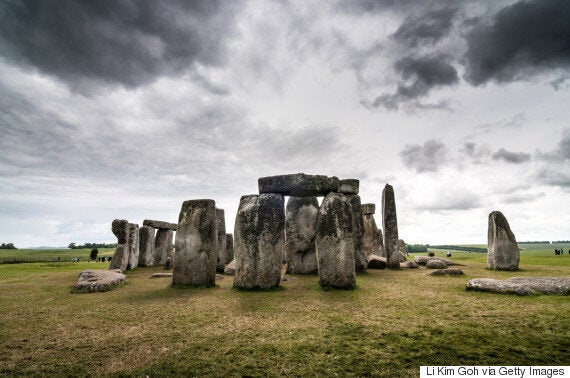An art historian has put forward an intriguing suggestion as to the purpose of the mysterious rocks of Stonehenge.
Julian Spalding believes rather than a sun worship temple or healing centre at ground level, the prehistoric remains were actually a series of structures designed to support an altar-like circular wooden platform.
Describing it in his new book Realisation as “an ancient Mecca on stilts”, Spalding writes the altar would have provided a platform for spiritual ceremonies elevated just that little bit closer to the heavens.

Were the rocks of Stonehenge actually a series of stilts upon which rested a wooden altar?
Speaking to the Guardian said: “All the interpretations to date could be mistaken. We’ve been looking at Stonehenge the wrong way: from the earth, which is very much a 20th century viewpoint.”
SEE ALSO:
Supporting his theory, he writes, were the Egyptian pharaohs, the Chinese emperors who were always carried and the Nasca lines in Peru, which must be viewed from above.
He wrote: “All the great raised altars of the past suggest that the people who built Stonehenge would never have performed celestial ceremonies on the lowly earth.
“That would have been unimaginably insulting to the immortal beings, for it would have brought them down from heaven to bite the dust and tread in the dung.”
Speaking to the Washington Post he admitted that as he is neither an archaeologist nor a scientist, it’s “a bit cheeky” for him to propose such a theory.
But he expressed hope archaeologists would: “Welcome the idea that there’s a very fresh way of looking at this remarkable place.”
Travel writer Hugh Thomson describes Spalding’s hypothesis as “enjoyably daft” but insists “it doesn’t bear much thinking about.”
In an online blog he wrote: “If you want to construct a high building, everyone from Egypt to Mesoamerica did by creating a wide and stable mass – like a pyramid – so that you could erect upper stories.
“Having a thin wide circle as the base for a higher walkway or superstructure seems deeply illogical.
“More consistent is the idea of a concealed place, like Bronze Age mortuary circles: That the outer ring delineated a private space within, which may have only been accessible to the privileged or theocratic.”
Meanwhile prehistorian and Oxford University archaeology professor Sir Barry Cunliffe also appeared skeptical, telling the Guardian: “He could be right, but I know of no evidence to support it.”